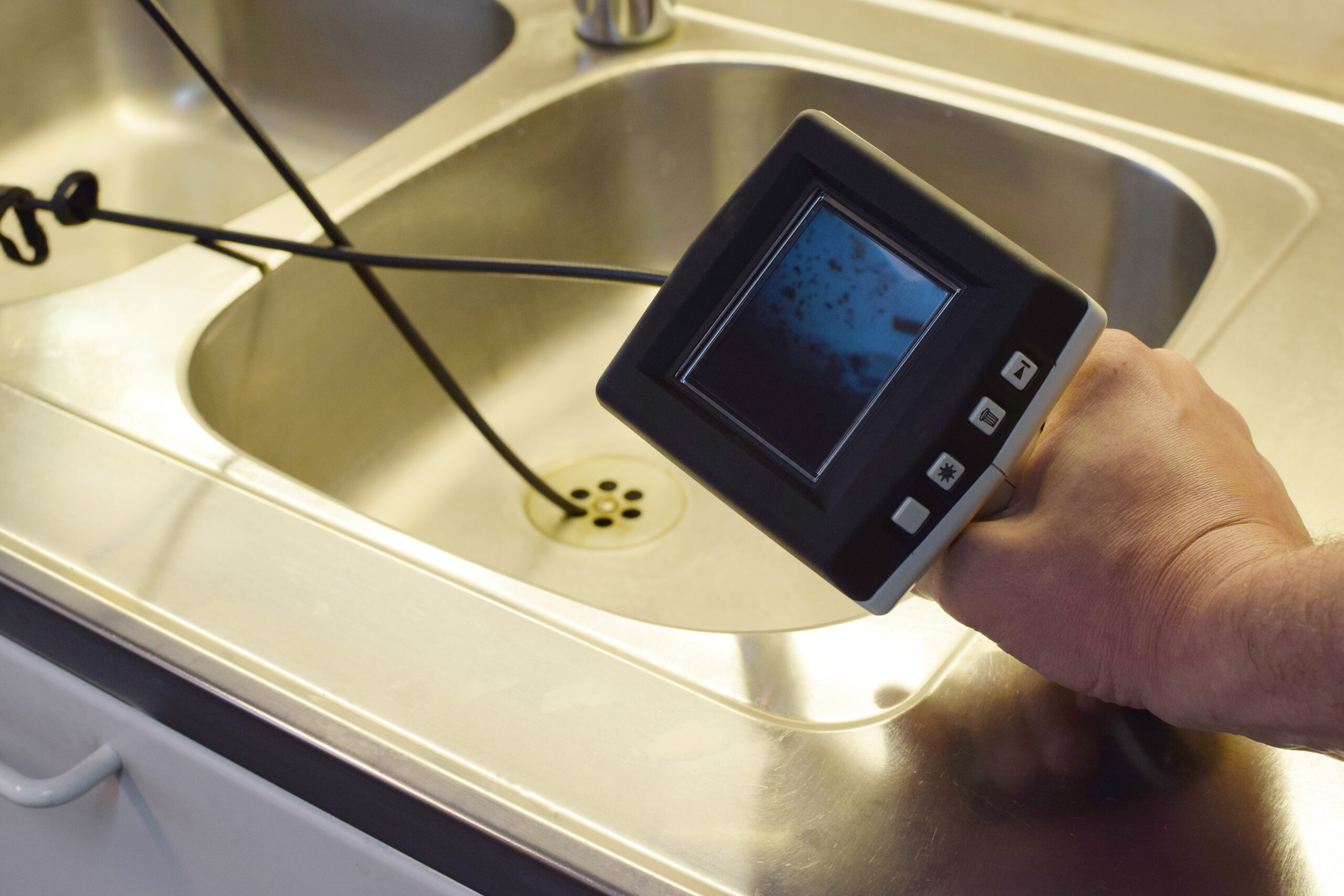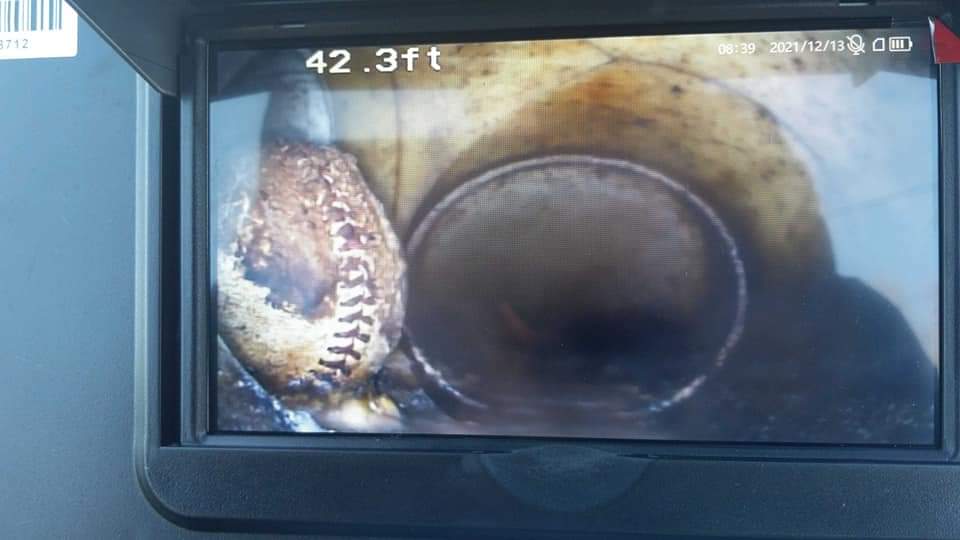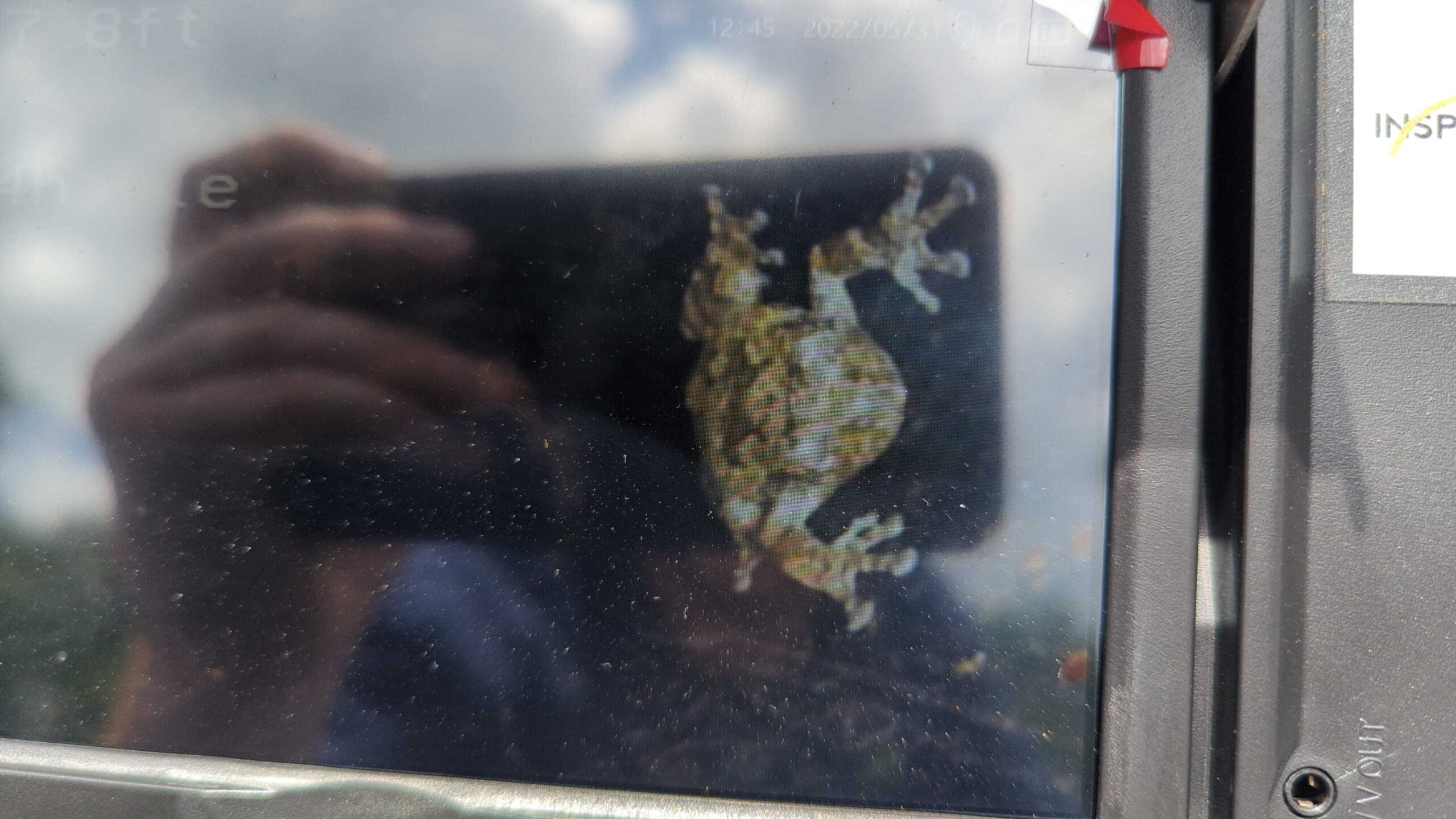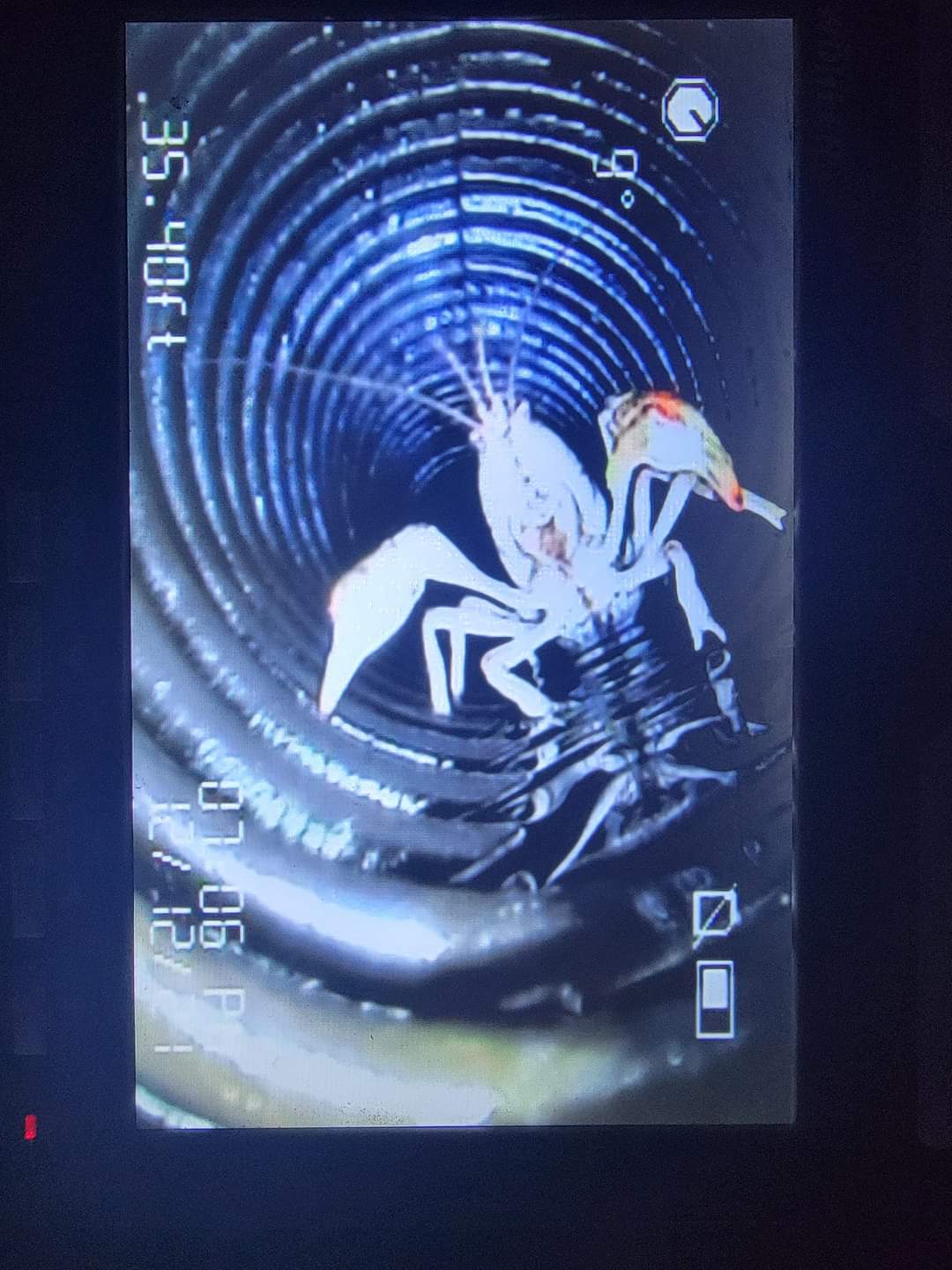Sewers are one of the biggest mysteries when performing a home inspection. These pipes are not always visible. Depending on the type of home, our standard inspection may not reveal problems within the drain. Vacant houses, for example, have plumbing pipes that haven’t been used in a while and won’t have any water in them when an inspection is performed. The amount of water used in a household on a daily basis also wouldn’t be used during a home inspection. Houses with old cast iron pipes and clay tile pipes in the yard can have blockages that often won’t be found for months and can have expensive consequences. This is why RHI always recommends having the sewer scoped during an inspection.

Reasons to Have a Sewer Scope
A sewer scope is when an inspector or plumber uses a camera to see inside the pipes. This is an area that cannot be seen any other way. Having the home’s sewer scoped during the inspection can help bring these issues to light. There are several warning signs that RHI inspectors see at a home that led us to believe the pipes should be further investigated. The biggest is if a home is older and still has cast iron pipes. These pipes have a life expectancy of 50 years. The majority of these pipes are 70 years old. The pipes go from cast iron in the house to clay tile on the outside. Over time these tile pipes will separate or crack allowing roots to grow inside. This will catch debris in the pipe and cause blockage. If there is older piping in the home and a new cleanout outside, that’s a good indicator that the home has root issues.
Most Common Finds
When performing a sewer scope, we come across all types of issues. Cast iron lines with heavy scaling and/or corrosion are one of the most common. The cast iron lines are most likely past life expectancy. A cast iron line rusts from the inside out until it either develops a pinhole leak or cracks. Scaling and/or corrosion is the process a pipe goes through when rusting. This can sometimes be cleaned off by using a jet, however, the pipe will eventually need to be replaced.
Separations or cracks in the lateral are also a common find. Over time, the pipes will move in the ground by trees growing, heavy traffic over top, or settling of the soil. This can cause separation or cracks. The sewage can leak out in these areas or allow other things in.
Our inspectors also come across roots in the line often. In many cases, a small tree was planted in the yard 50-plus years ago. That tree grew and grew and now the pipe that was several feet in the ground is wrapped up in tree roots. When the roots get big, they can crack open pipes to find the water inside. Eventually, this will cause a blockage.
Offsets and dips in the pipes are also usual finds. When older pipe pulls apart, there will be a shelf-like area (offset) where water will pool. This pool area prevents water and debris from draining down properly and can lead to blockages. The same goes for a dip or belly in the line. This is when a pipe has a low spot where water slows or stops causing a place for blockages.
Most Interesting Things Found
When performing scopes, it is amazing what we actually see in the pipes. When a toilet is flushed, it doesn’t always mean it’s gone forever. Most common things we see inside pipes are roots, cracks, toilet paper and waste. But sometimes we see things that absolutely should not be there.
Imagine our surprise when we saw a baseball blocking most of the pipe. How did that get in there?

In addition to a baseball, we have found several other household items that should not be there, and we will leave that to your imagination. Other types of things we find are critters. Check out this frog hanging out in the pipes.

Not sure how he got there, but he looked lonely. Another crazy find was this feisty crawdad. Crayfish? Mini lobster? Either way, he was looking for a fight.

We haven’t found an alligator yet, but I’m sure one is out there.
There are many unknowns when it comes to a plumbing system. You can’t physically see what’s happening inside the pipe as water is draining. The only signs of past issues we can see as inspectors are signs of repairs that may have been made or by being able to view the limited areas of the plumbing system. It is always recommended to have a sewer scope performed when buying a property to ensure there isn’t something hiding within.
